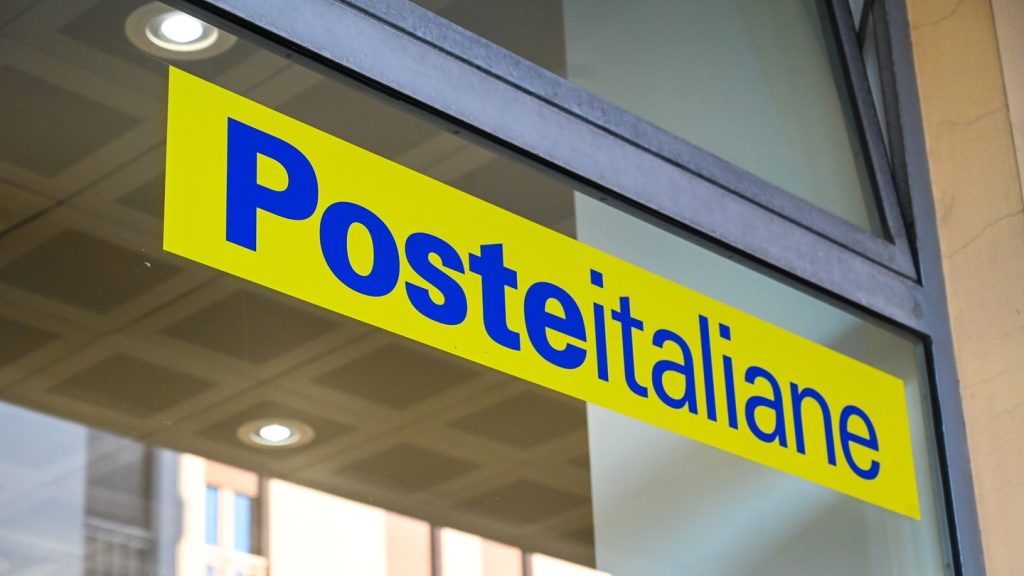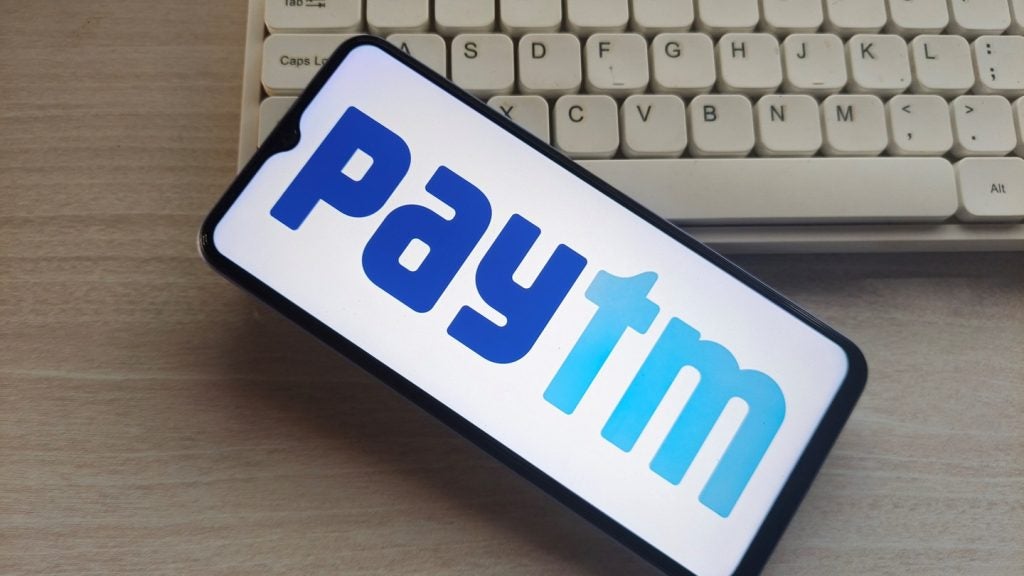Payments teams are some of the most risk averse people in banking- they have to be the most careful that they don’t cause a problem. That’s why the RBS problem recently was so extraordinary that it hit the headlines in such a big way. Anna Milne interviews Guy Warren of ITRS on this side of finance
Payments teams do not make changes lightly- they are very conservative in their buying and in their implementation and in their testing.
ITRS monitors applications. Guy Warren, CEO, breaks the monitoring of payments schemes into five levels.
Level 1– infrastructure- is the hardware running? Is the network OK?
Level 2– basic application- what processes are running, are they using all the CPU? Are they hung/using too much memory?
Level 3– knowing what that application is, eg a trading platform or payments system and reading all the data we can.

US Tariffs are shifting - will you react or anticipate?
Don’t let policy changes catch you off guard. Stay proactive with real-time data and expert analysis.
By GlobalDataLevel 4– watching transactions move through the system from one app to another- looking at volumes, volumes per second, counterparties, latency.
Level 5 is analytics- hoovering all that data up, preferably in real time.
ITRS specialises mainly in levels 3 and 4. This is used in trading and investment banking and in high value payments or payments systems in general.
"We don’t really have a natural competitor in what we do- level 3/4 monitoring markets- almost all the investment banks use us- not just on trading side but settlement side where payments are part of the flow of monies to the settler trade.
"Knowing what route your payment is taking is not always easily traced due to this shared infrastructure. If it does not clear, due to an error in data, it gets held in a queue."
Is one solution not to have a single set of rails for all types of payments- domestic, international, etc?
"The issue is shutting down the old ones. CHAPS was the original system. BACS was then set up as the scheme to allow members to transfer money between each other and then Faster Payments was set up but they never shut down the old ones- too much money was already going through them and to start re-routing everything through a new infrastructure was too much. This is the big problem globally- there must be six, seven, eight ways of moving money around.
And yet more payments are being developed all the time…instant payments infrastructures…
"And the credit card infrastructure- they’ve been trying to leverage that, for example with contactless. Generally they are trying to leverage the investment that others have already made.
"There is no reason why the infrastructure that moves money from and to a credit card account can’t be leveraged for mobile payments, contactless payments, etc, etc. Tracking where money got hung up if it doesn’t go through is a nightmare for the banks because there are far too many different systems."
Is there a lack of communication between different departments within banks- what is the problem managing all this?
"Part of it is the legacy IT systems. It doesn’t make sense to have a payments team who only look after retail payments. You’ve set the system up for CHAPS and for BACS, why wouldn’t the corporate and wholesale team who are selling to businesses leverage this?"
OK, so, better quality of information at point of origination, validation at point of origination. What are the rates like for payments to go through, problem-free?
"STP- straight through processing rates vary between banks- 88-92% is a pretty good scores. Between 8-12% of payments need some form of intervention to go through. It could be something easily rectified such as a missing IBAN or SWIFT code but when a human has to intervene, it becomes expensive, they charge 25 ($27) to make an international payment and if they have to intervene it costs them 50 so they have to reduce the number of interventions as much as possible. The majority go through but even 8% of high value payments having interventions, is incredibly high."
So what is your advice to banks?
"Monitoring system helps locate problems, eg volumes of payments waiting to go out on the same gateway by a certain deadline (16.00 and 16.01 are two different days as far as a bank is concerned), a monitoring system will calculate whether all the payments will make the deadline or not and whether intervention is necessary before it’s too late. A lot of banks have SLAs with clients, particularly on the corporate side- agreeing to clear payments within a certain timeframe. If this SLA is going to be breached, a bank will want to inform the client in advance."
For corporates especially, timely payments are crucial to liquidity management. Treasury departments of most large corporates have to manage that. Knock-on effects can be substantial. If they have a significant failure rate in high value payments internationally- they’ll move to a bank with a higher STP rate.
"A lot of the problem is incremental- new method is invented and there is an expectation to implement it, eg organisations now needing to support Apple Pay. And it seems the new methods are coming faster than the time needed to sort out historical payments people."
Would a blockchain-based payment system render a monitoring system redundant?
"We have had no exposure of monitoring blockchain yet but in theory, if it runs software, we can monitor it, yes. It is much more difficult to manage the routing on blockchain, which is one of its strengths as well as one of its weaknesses. A lot of banks are talking about it and it will come in.
"STP rates for high value payments- tend to go through SWIFT or CHAPS- the expectation is that it is cleared the same day. Low value payments typically go through the BACS system and are unreported. I suspect a high number of BACS payments fail but because these have two or three days to clear funds it doesn’t have quite the same connotations.
What changes in the payment systems landscape do you anticipate in the next five to ten years?
"There is a growing proliferation of payments systems that doesn’t seem to be going away. Monitoring is key to sanity and making sure it’s all working and if you have a problem and need intervention."








